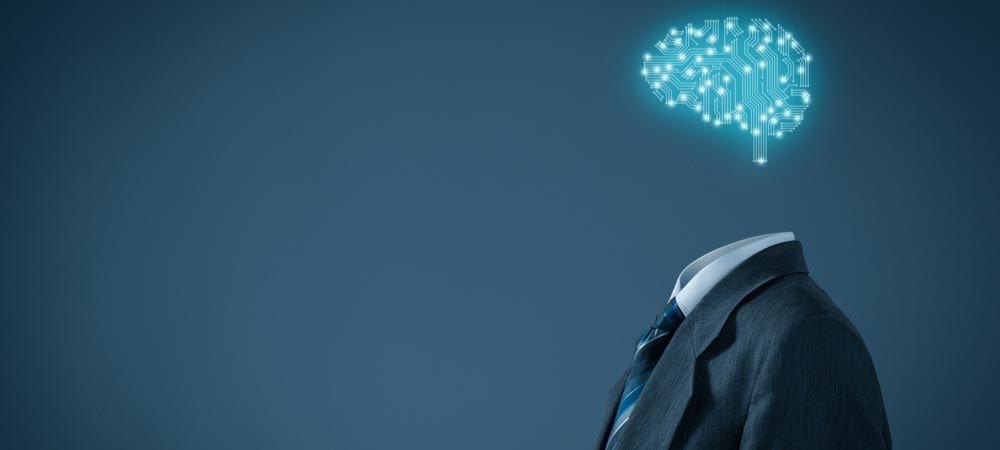The use of artificial intelligence is global and a lot of people are now familiar with the once rare technology. It is common in videos games, smartphones, automobiles, etc. Extensive research has divided AI into two types: strong and weak AI. The terms don’t imply that strong AI performs better or is “stronger” than weak AI.
The terms were coined by John Searle to differentiate performance in different kinds of AI machines.
Here are some of the core differences between weak and strong artificial intelligence.
Weak artificial intelligence
The popular iPhone’s Siri and Amazon’s Alexa could be termed as AI, but generally, they are weak AI programs. This categorization is rooted in the difference between the supervised and unsupervised programming as voice-activated assistance usually has a programmed response.
What they do is sense or ‘scan’ for things that are similar to what they already know, and classify them accordingly.
This is a human-like feature, but that’s basically where the similarities end as weak AIs are simply simulations. If you ask Siri to turn on the air conditioner, it understands keywords such as “on” and “air conditioner,” so it will respond by turning on the air conditioner.
However, it is only responding to what it is programmed to do. It does not understand or derive meaning from what you said.
Strong artificial intelligence
Featured in a lot of movies, strong AI functions more like the human brain. They don’t classify, and they use clustering and association to process data. This means there isn’t a programmed answer to your keywords or requests, as can be seen in weak AIs, and the results of their programming and functions are largely unpredictable.
For example, when you are talking to a human, you can only assume what someone’s response will be.
A popular example of strong AI is the one found in games. It is more independent than weak AI and can learn and adapt to different situations. Another example of strong AI is poker AI which can teach itself to adapt to and outsmart the skills of human opponents.
Although weak AI is the more common version, strong AI has also been a crucial part of the AI revolution. It is often described by scientists as the ‘true representation of human intelligence in machines.’
Differences between strong and weak AI in a nutshell
With strong AI, machines can actually think and carry out tasks on their own, just like humans do. With weak AI, the machines cannot do this on their own and rely heavily on human interference.
Strong AI has a complex algorithm that helps it act in different situations, while all the actions in weak AIs are pre-programmed by a human.
Strong AI-powered machines have a mind of their own. They can process and make independent decisions, while weak AI-based machines can only simulate human behavior.
If you want to learn more about AI and the difference between strong and weak AI, follow the link below.






















Add Comment